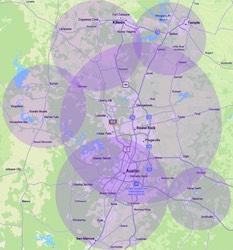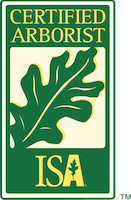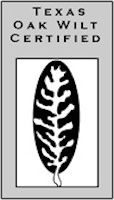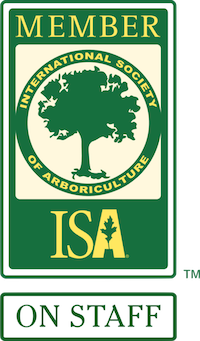Construction and Trees
Construction projects – even small ones – can damage or kill your trees. Planning a construction project? Make tree protection part of your planning process. There are steps you can take to protect your trees from construction damage.
Construction damage to mature trees develops slowly, and it can take years of intensive care to repair the damage. Understanding how construction projects can damage your trees will help you take the necessary steps to protect them. Having a 2-5 year tree care plan will also help protect your trees.
How Construction Projects Damage Trees
A construction project can damage your trees in many ways.
Trunk and Crown Damage
Construction equipment can break branches, cut or wound the trunk, or tear the tree’s bark.
Damage to Roots
Mature trees have very large root systems – they can spread up to 3 times the size of the visible tree’s branches. Most of the roots that absorb air, water and nutrients are shallow – in the top 12” of soil. Heavy machinery or piles of construction materials too close or near the tree can compact the soil and crush or damage these important roots.
Mature trees have lots of small roots, but only a few major roots, tap roots and stabilizing roots. Digging too close to the tree can cut a major root, seriously damaging the entire root system, if shredded or ripped the root will start to die and can’t start to heal, a clean cut or root grafting needs to occur, so it closes off properly.
Soil Damage
The soil around a tree needs to be loose and porous, so air and water can travel freely down to the roots. Loose soil also allows the roots to naturally expand and grow – the small roots need to be able to move freely through the soil. Heavy equipment, piles of materials – even extensive human/animal foot traffic – compact the soil, making it difficult for the tree to get the air and water it needs. We recommend adding 3-8 inches of mulch over the tree’s dripline to help minimize soil compaction. Do not add mulch too close to the tree – always leave the trunk and root flare exposed.
Grade Changes
Adding just 2 inches of additional soil over the tree’s root zone can compress its roots, and cause the tree’s eventual death. Lowering the grade by removing soil from the root zone can also destroy major portions of the root system, damaging and possibly killing the tree. (Sometimes an Airspade would be required, to actually see the roots and not damage them- but that also means they will need to be kept moist once exposed until they are replanted.)
Construction Debris
All construction debris should be kept away from the tree’s root zone. Concrete, paint, and cement handling equipment should never be washed down near a tree. All concrete products are high in pH – they are very caustic. Concrete runoff water can dramatically alter soil chemistry – damaging all nearby trees and plants.
How to Protect Your Trees From Construction Damage
An Arborist Can Help You Plan
A professional arborist can help you identify the trees on your property that might need extra help to survive your construction project, especially trees that are protected by your local municipality.
For example, the City of Austin has an ordinance that requires property owners to protect mature trees on their property. Austin City: Levels of Tree Ordinance Protection
4 Steps to Protect Your Trees From Construction Damage
There are several things you can do to protect your trees before construction begins. The most important is to ensure that you keep construction equipment and materials as far away from your tree as possible. Trees need safe space. How much? We can calculate this, based on the size of the tree.
Step 1: Measure the Diameter of the Tree Trunk

Find a smooth spot on the trunk with no bumps or gnarls, at chest height (about 4-1/2 feet) above ground.
(Where you would naturally hug the tree)
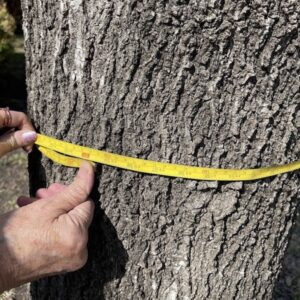
Use a tape to measure the circumference of the tree trunk at that spot.
Calculate the Diameter:
Diameter = Circumference / 3.14
We call this number the DBH – Diameter at Breast Height
Step Two: Calculate the Tree’s Critical Root Zone
Your tree’s most important roots are in its Critical Root Zone (CRZ).
This zone is a circle with the tree in the center. The bigger the tree, the bigger the CRZ protection circle. The radius of the CRZ circle is 12 times the tree’s Diameter at Breast Height (DBH).
CRZ radius = 12 x DBH
Example:
- Tree trunk diameter (DBH) is 10 inches
- CRZ radius = 12 x 10 inches = 120 inches = 10 feet
The CRZ circle diameter is twice the radius, so the circle would need to be 20 feet wide.
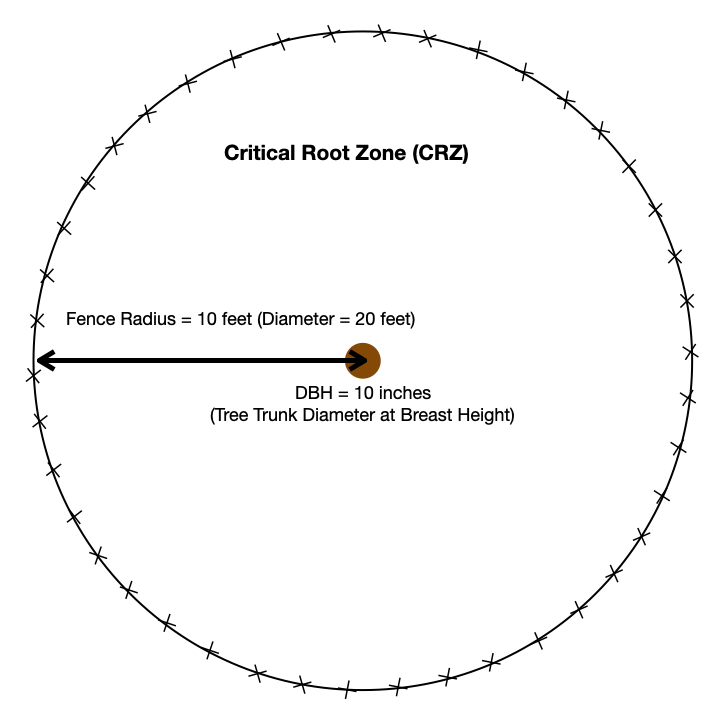
Step Three: Build a Perimeter Fence
Before construction starts, you should erect a perimeter fence to protect the tree’s Critical Root Zone (CRZ).
How big? Use 1 foot of fence radius for every inch of tree trunk diameter (DBH).
Example: If the tree trunk diameter is 12”, you will need a circle of fencing 24 feet wide.
(12 foot radius –> 24 foot diameter)
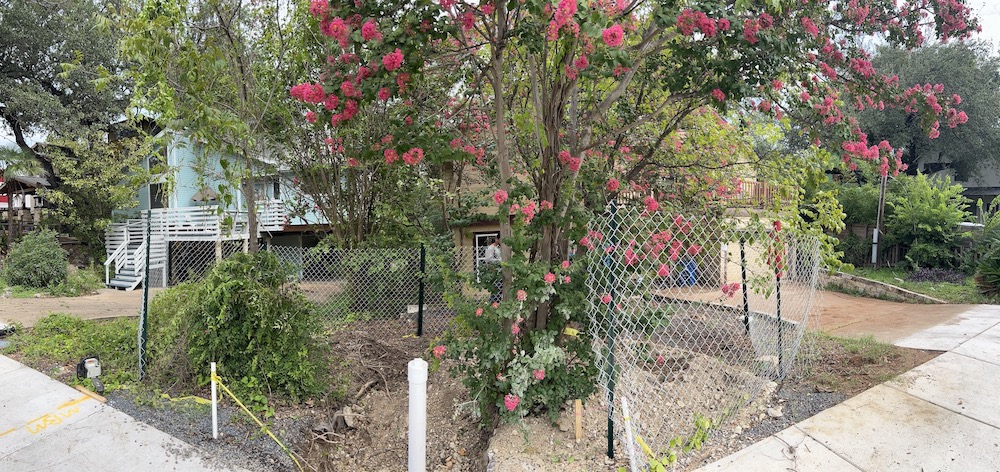
Step 4: Additional Tree Protections
There are many additional things you can do to give your tree some extra protection before your construction project begins:
- Prune the tree to remove deadwood and low-hanging branches.
- Fertilize the tree to give it some extra nutrients and strength.
- Work 10% compost into the dirt around the tree.
- Plan to water your protected trees if your region is in a drought – have a soaker hose or water bags onsite.
- Apply a substantial layer of mulch – (3 – 8 inches deep) all over the tree’s critical root zone, to cushion and protect the roots. Add mulch even further out if heavy machinery will be driving back and forth on the ground near your tree. For extra protection, add a layer of plywood to distribute the machinery’s weight.
- If your project will take over 1.5 years, use a growth inhibitor to slow down your tree’s growth during the construction.
We Can Help Protect Your Trees
A Good Morning Tree Service arborists can help you incorporate tree protection into your construction plan, work through the steps necessary to protect your trees during construction and follow up afterward to make sure any damage is repaired and mitigated.
We can help you make sure all of your trees survive and thrive.
Free On-Site Estimates
7am – 7pm
7 days a week

